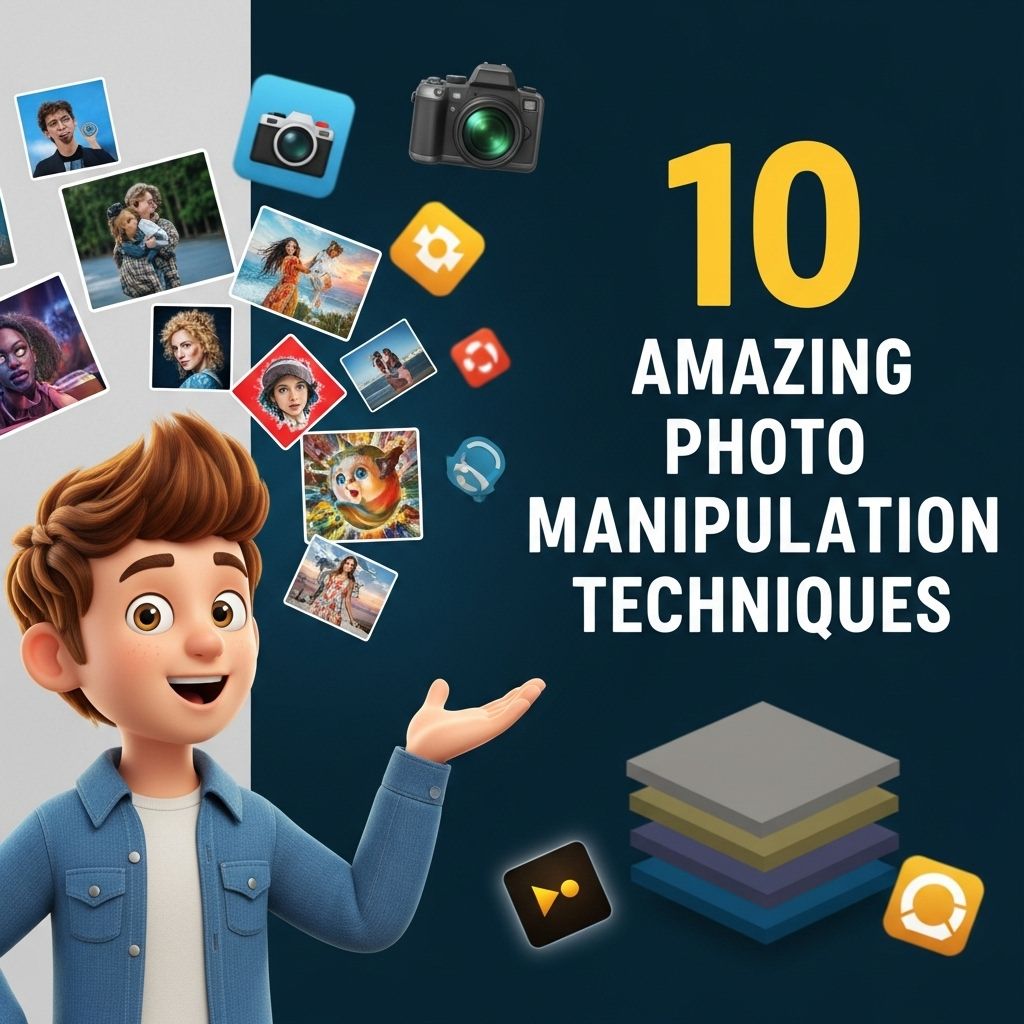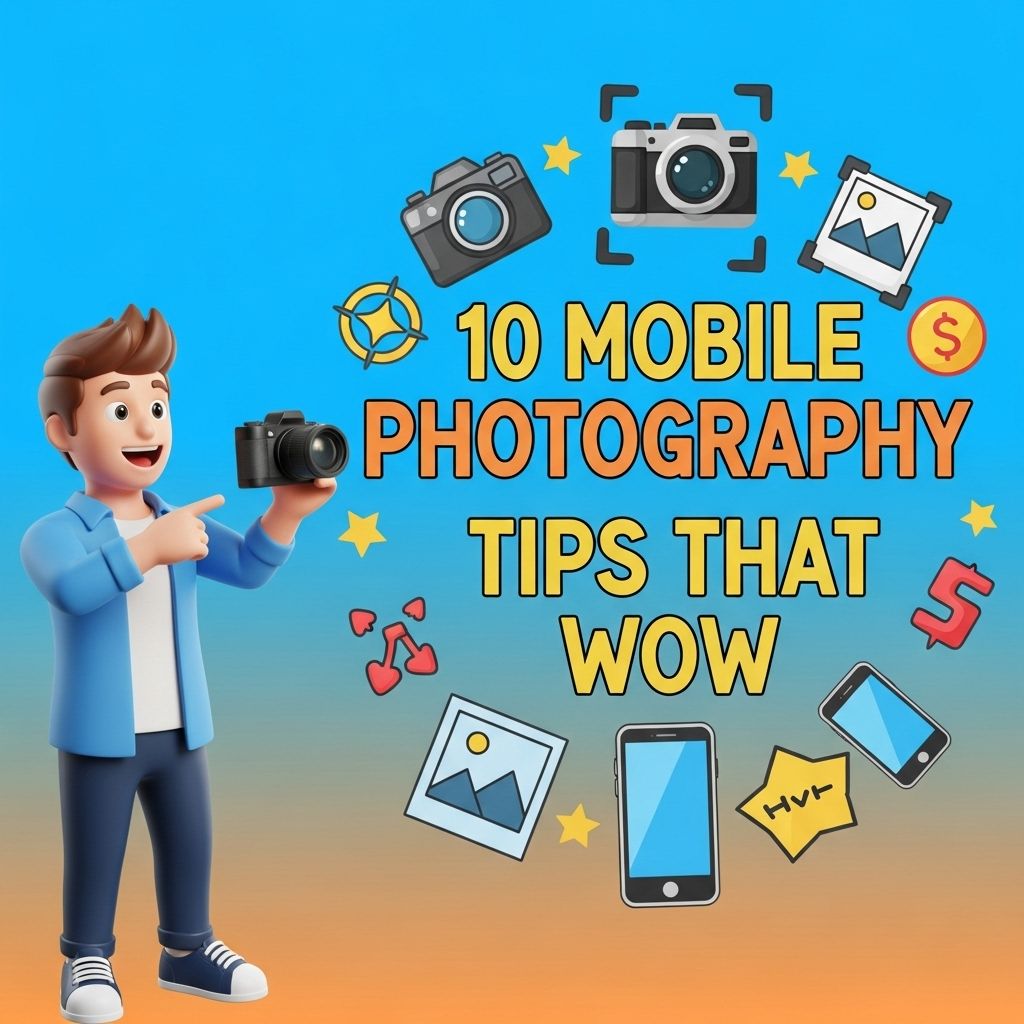Setting up your first camera can be an exciting yet daunting experience, especially for beginners. With a plethora of equipment available in the market, it can be overwhelming to choose the right tools that suit your needs. Whether you are venturing into photography or videography, having the right setup can make a significant difference in the quality of your work. In this article, we’ll discuss the ten essential tools every beginner should consider for their camera setup.
1. Camera Body
The most crucial component of any camera setup is, of course, the camera body itself. Depending on your needs, you can choose between a DSLR, mirrorless, or compact camera. Here are some things to consider:
- DSLR: Great for versatility and lens options.
- Mirrorless: Offers compactness and advanced features.
- Compact: For those who prefer portability and ease of use.
2. Lenses
The lens you choose will often dictate the type of photography you can do. Beginners should invest in a few versatile lenses:
- Standard Zoom Lens: Ideal for everyday photography.
- Prime Lens: Provides excellent image quality and a wider aperture for low-light situations.
- Wide-Angle Lens: Perfect for landscape and architecture photography.
3. Tripod
A sturdy tripod is essential for stability and sharp images, especially in low light or long exposure situations. When selecting a tripod, consider the following factors:
| Feature | Importance |
|---|---|
| Weight | Must be lightweight for portability. |
| Height | Should extend to your eye level. |
| Load Capacity | Needs to support your camera and lenses. |
4. Camera Bag
A good camera bag not only protects your equipment but also makes it easier to transport your gear. Look for a bag with the following features:
- Water-resistant material
- Adjustable compartments for organizing your gear
- Comfortable straps for easy carrying
5. Memory Cards
Reliable memory cards are crucial for storing your photos and videos. Consider these factors when purchasing:
- Speed Class: Higher speed classes offer faster data transfer.
- Capacity: Choose cards with at least 16GB, but 32GB or 64GB is ideal for more extensive shoots.
- Brand Reliability: Stick with reputable brands to avoid data loss.
6. External Flash
Natural light is fantastic, but an external flash allows for more creative control and better lighting in various situations. Here are some tips:
- Look for a flash with adjustable power settings.
- Consider a flash that can pivot and swivel for bouncing light.
7. Reflectors
Reflectors help manipulate natural light, softening shadows or adding brightness to your subjects. They are a low-cost tool with a significant impact. Some types include:
- 5-in-1 Reflector: Offers gold, silver, white, black, and translucent options.
- Foldable Reflector: Easy to transport and store.
8. Software for Editing
Once you’ve captured stunning images, the next step is editing. Software can elevate your photos and videos to professional standards. Consider these popular choices:
- Adobe Lightroom: Ideal for photo organization and editing.
- Adobe Premiere Pro: A robust video editing tool.
- Canva: Good for quick graphics and social media posts.
9. Cleaning Kit
Dust and smudges can ruin your images. A cleaning kit should include:
- Microfiber cloth for lens cleaning
- Air blower for removing dust
- Lens cleaning solution
10. Online Learning Resources
Finally, take advantage of online resources to improve your skills. Some excellent platforms include:
- Skillshare: Offers various courses on photography techniques.
- Udemy: Features video courses on specific camera models and post-production.
- YouTube: A wealth of free tutorials available.
Conclusion
Setting up your camera doesn’t have to be overwhelming. By investing in these essential tools, you’ll be well on your way to capturing stunning images and videos. Start with the basics and expand your setup as you grow in your photography or videography journey. Remember, the best tool is the one that fits your needs and style, so choose wisely and enjoy the process!
FAQ
What are the essential tools needed for a beginner camera setup?
A beginner camera setup typically requires a camera body, a lens, a tripod, a memory card, a camera bag, and a cleaning kit.
Do I need a tripod for my beginner camera setup?
Yes, a tripod is essential for stabilizing your shots, especially in low light conditions or when using longer exposures.
What type of lens should I buy for my beginner camera?
A versatile zoom lens, such as an 18-55mm, is ideal for beginners as it allows you to capture a wide range of subjects.
Is a camera bag necessary for a beginner photographer?
Absolutely! A camera bag protects your equipment and makes it easier to transport your gear safely.
What kind of memory card should I get for my beginner camera?
Look for a high-speed SD card with ample storage, such as 64GB or 128GB, to ensure you have enough space for photos and videos.
Should I invest in a cleaning kit for my camera?
Yes, a cleaning kit is important to keep your camera and lenses free from dust and smudges, ensuring clear images.




